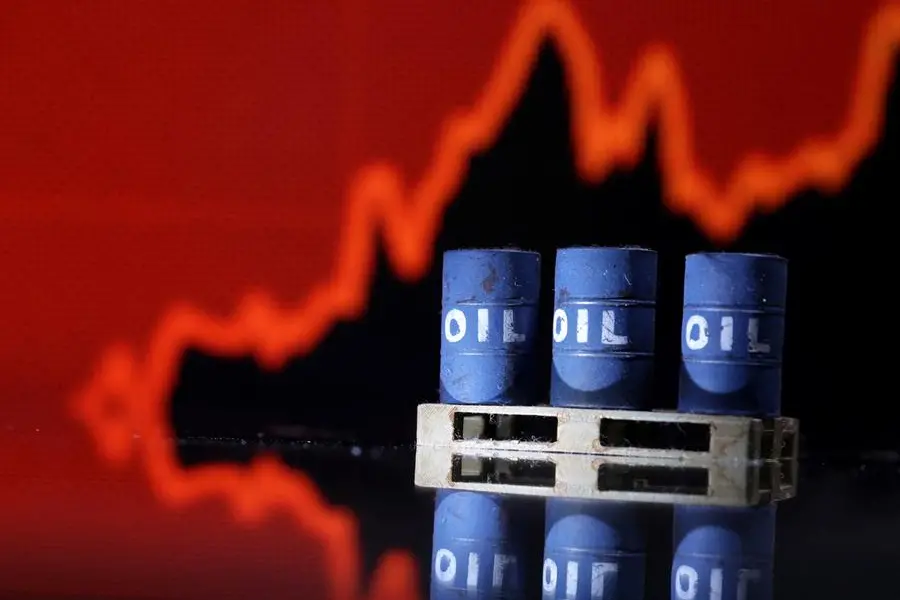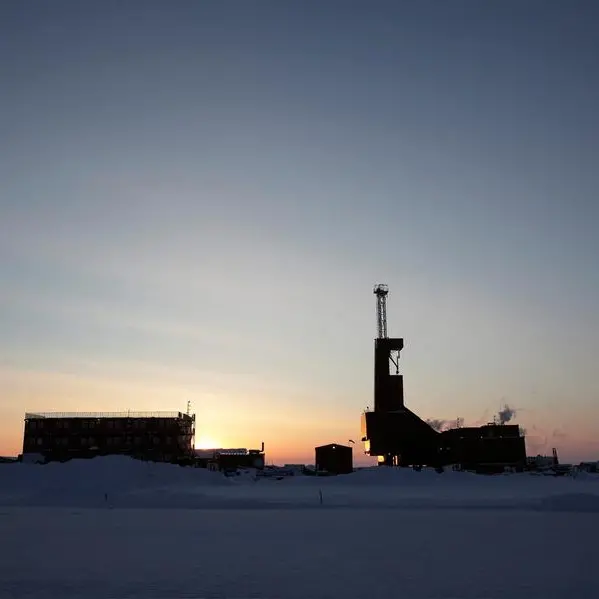PHOTO
While the Ukrainian-Russian conflict is starting to slow down, causing less pressure on oil and gas prices, the events following October 7 have stirred things up again in the Middle East, especially with Houthis in Yemen keeping a tight hold on the Red Sea and the escalation of “Operation Prosperity Guardian”. Real concerns about these latest incidents affecting crude oil prices have started emerging, with observers expecting increasing crude oil prices to affect Middle-Eastern economies.
Several factors seem to be putting pressure on crude oil prices globally, including the latest maritime disruptions in the Red Sea, which serves as the gateway for about 10 per cent of daily crude oil flow; uncertainty about supply and demand dynamics, notably after influential Opec+ members reiterated their commitment to make production cuts, while Angola pulled out of Opec; and, the record production and exports of crude oil from the United States.
According to Ritu Singh, regional director of Stone X Group Inc., “The outlook for crude oil prices in 2024 is widely uncertain, with various factors affecting the supply and demand balance. However, short-term volatility will remain a part of the picture, with current negotiations among Opec+ countries regarding their 2024 production quotas illustrating the potential for additional price volatility”.
Singh added: “The maritime disruptions in the Red Sea could have potential consequences on the crude oil price in 2024. The Red Sea is a crucial route for oil transportation, with an estimated seven million barrels a day of oil and products flowing through the Bab el-Mandeb Strait. Recent incidents in this area left oil tanker traffic exposed to risks and led some oil and shipping companies to avoid the Suez Canal route.”
The maritime disruptions in the Red Sea have already caused shipping costs to go up as shipping rates, transportation costs, and insurance premiums related to increasing geopolitical risk have gone up. Down the line, these events could have lasting effects on the crude oil market, potentially leading to increased costs, disruptions to global trade, and a risk premium on oil prices due to geopolitical tensions and supply chain concerns.
Reporting on oil prices by the end of the second week of January, Fiona Cincotta, senior market analyst at FOREX.com, said: “Oil prices are rising after a deepening geopolitical crisis in the Middle East. Other incidents like Iran capturing an oil tanker off the coast of Oman and the US-led coalition launching multiple attacks on Yemen have kept oil prices on track after sharp declines caused by Saudi Arabia slashing its selling prices to Asian importers to a 27-month low. Stronger-than-expected trade data from China overnight is also supporting the price, showing some signs of recovery.”
The maritime disruptions might also contribute to increasing inflation. In fact, central banks, particularly the Federal Reserve might not cut rates sooner as markets expect should the increased cost of living resulting from the maritime disruptions gets translated to consumer price. Consequently, the US dollar might strengthen, putting further pressure on emerging markets and the global economy, which could slow oil demand even further.
As for the impact on Middle Eastern economies, market observers assert that it won’t be the same across the region. Most GCC countries, who are also crude oil or natural gas exporters, have their currencies pegged to the US dollar. With higher crude oil price and potential higher US dollar, most sectors in their economies will be somewhat shielded. However, this could affect their new focus sector, tourism, as tourists might prefer a lower exchange rate, in a critical time where these countries are striving to make it boom. According to a recent PwC article, Saudi Arabia wants to increase the economic contribution of tourism to 10 per cent of GDP by 2030. The UAE Tourism Strategy 2031 is also geared towards elevating the tourism sector’s contribution to GDP to Dh450 billion. In Oman, the 2040 Economic Vision identifies a significant emphasis on boosting tourism revenues, aiming to reach $22.5 billion annually by 2040.
On the other hand, Levantine and North African countries are more likely to suffer from higher crude oil prices and the subsequent inflation, as many are either energy importers or their economies already suffer from high inflation and currency devaluation.
In Lebanon, for example, the national currency has lost more than 95 per cent of its pre-crisis value. Prices for electricity, water, and gas skyrocketed, increasing by 595 per cent, with a vast majority of energy used in the country being imported. In Syria too, the consumption of primary energy heavily relies on imported fossil fuels, with about 50 per cent of all Syrian imports are made up of oil products, while Jordan imports more than 95 per cent of its energy needs.
In his latest article on FOREX.com, market analyst David Scutt mentions that, “Traders come across as almost desensitized to geopolitical developments in the Middle East”, adding, “The initial reaction was exactly what you’d expect; crude oil went bid on the threat posed to supplies coming from the region. But this move was reversed as quickly as it occurred, suggesting that in the absence of further escalation in tensions, interest and concern are unwound rapidly.”
Overall, no one can say with any certainty what will happen next, but one thing is certain: there are many factors that may lead to higher volatility in the market this year, including rising maritime disruptions in the Red Sea and the heated conflict in the Middle East; the US elections; and the expected energy transition that seems to have kicked into high gear post COP 28. These factors are being closely monitored by investors and analysts, noting that the crude oil market is likely to remain volatile in the short and long term.
This means that traders, too, need to keep an eye on the news to make informed decisions and properly manage risks as they look for trading and investment opportunities.
Copyright © 2022 Khaleej Times. All Rights Reserved. Provided by SyndiGate Media Inc. (Syndigate.info).












